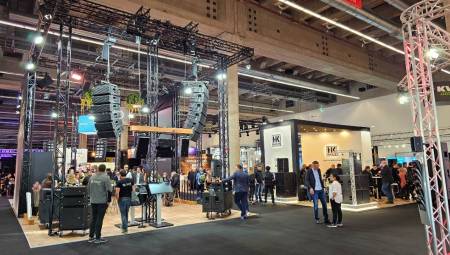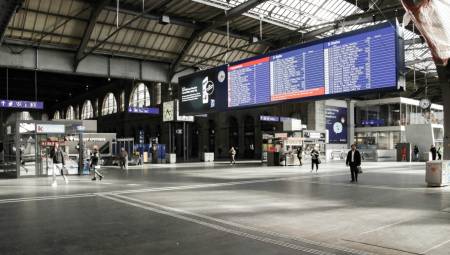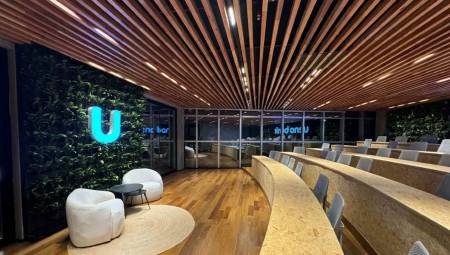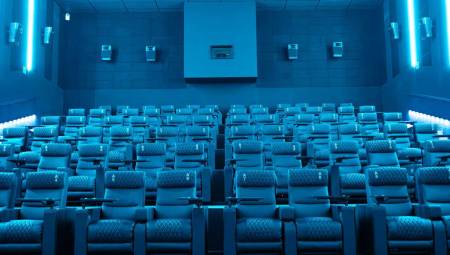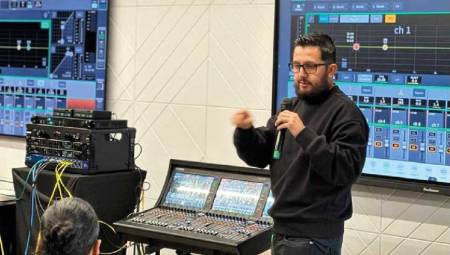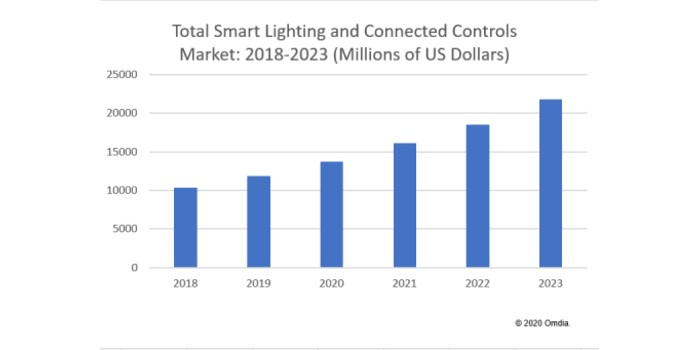 International. Although the global smart lighting business is expected to double revenue in the coming years, market growth is still limited by consumers' lack of awareness about the benefits of technology.
International. Although the global smart lighting business is expected to double revenue in the coming years, market growth is still limited by consumers' lack of awareness about the benefits of technology.
Global sales of smart lighting and connected control systems are expected to rise to $21 billion in 2023, up from $10 billion in 2018, according to Omdia. Sales of residential smart lighting systems will be one of the most important factors driving the market's revenue growth and creating awareness about the smart lighting concept.
"Smart lighting technology is becoming more accessible to consumers thanks to the increasing availability of simple DIY smart lighting systems," said Pal Karlsen, research analyst, building technology, at Omdia. "However, there are some barriers that prevent mass adoption. Arguably, the main obstacle is the lack of knowledge and appreciation of the benefits that smart lighting can provide to the consumer. This is a critical factor preventing the company from reaching its full growth potential."
Smart lighting systems can enable "human-centric lighting," which enables customized lighting conditions in the home to help improve residents' sleep, productivity, and comfort.
"Health benefits can be a very strong argument in favor of making an investment in a smart lighting system, but manufacturers have not been able to share this message effectively with consumers," Karlsen said. "Manufacturers will need to devote more efforts to educating customers about the real-life benefits of smart lighting systems. This educational scope may include real-world case studies and results of scientific studies or consumer tests in which the benefits of smart lighting have been demonstrated."
LEDs lead the market
The emergence of the smart lighting market is directly related to the increasing adoption of LED lighting technology, driven by the demand for energy efficiency.
However, lighting manufacturers have tried to refocus their marketing activities on profits beyond energy savings and instead position their products as part of the "IoT revolution." These companies have introduced a number of smart lighting solutions for residential end users, although the cost of setup and installation service is very high and not many families can afford a professional smart lighting system. This has led manufacturers to introduce simple and highly affordable solutions that do not require professional installation.
Traditionally, consumers have purchased smart lighting systems that include a dedicated hub or gateway priced at around $30 – $60 that can control smart bulbs. There are also much simpler solutions where users can control the lights directly through their tablets or phones via Wi-Fi or Bluetooth connections. Consumers often start slowly with some lights in a room, such as the living room. Therefore, the initial functionality requirements can be met with a low initial cost.
Lighting manufacturers can seize the opportunity of smart residential lighting systems by offering easily accessible solutions that highlight the benefits of human-centric lighting, including improved well-being and comfort at home. The ability to use voice commands through smart assistants is another key factor driving successful product adoption. Connectivity through easily accessible wireless technologies, such as Wi-Fi or Bluetooth, and compatibility with the broader smart home ecosystem are important factors needed for the long-term success of consumer-level smart lighting solutions.
Smart speakers turn up the volume
The growing popularity of smart speakers integrated with digital assistants is now expected to allow users to control their smart lights with voice, without the need for a separate hub. This means that the costs of acquiring a smart lighting system are dropping even further, as many users already have a smart speaker at home, with more than 100 million devices shipped in 2019.




